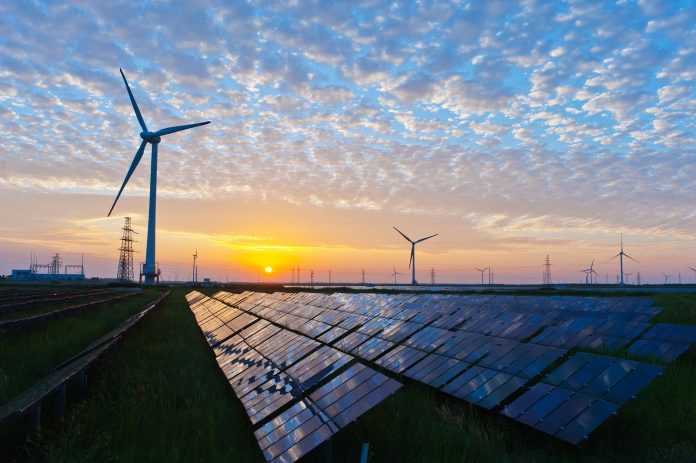
Wind and solar exports surge: India’s green manufacturing makes global mark
NEW DELHI : India’s export of wind turbine components in 2023 nearly doubled in revenue terms compared to 2019, showcasing the country’s growing role as a global manufacturing hub for renewable energy equipment, according to S&P Global Commodity Insights. With an extensive production base, India is emerging as an export hub, especially for standardized and labor-intensive components like towers and blades, and increasingly for nacelles.
S&P Global Commodity Insights highlights India’s potential in addressing the global demand for wind turbines, with the Indian market being approximately four times oversupplied based on the expected average annual wind additions of around 4 GW between 2024 and 2030. “The Indian market is already around 4 times oversupplied,” said Indra Mukherjee, Associate Director of Analysis of Gas, Power, and Climate Solutions at S&P Global Commodity Insights.
The manufacturing landscape in India is dominated by Western turbine makers who supply markets outside China, particularly in Europe and the US. Companies such as Vestas and TPI Composites have significantly upgraded their Indian facilities, aiming to utilize them as export hubs.
However, Mukherjee pointed out that not all manufacturing capacity in India is optimized for exports, with a significant portion owned by domestic turbine makers lacking international order books.
In the solar PV sector, India is leading expansions outside mainland China, driven by local incentive programs and duties. “India has now significant solar PV module manufacturing to serve the growing domestic market and to export to international markets, mostly the US,” said Jessica Jin, Principal Research Analyst of Gas, Power, and Climate Solutions at S&P Global Commodity Insights. The implementation of basic custom duty in April 2022 and the production-linked incentive (PLI) scheme has spurred domestic production, with India aiming for module self-sufficiency before 2026.
Module capacity in India exceeded expectations by 10 GW by the end of 2023, with another 40 GW of capacities in the pipeline. This expansion is supported by attractive local manufacturing policies and the potential to serve international markets, especially the US.
S&P Global Commodity Insights also issued a report on the Top 10 Trends in Clean Energy Technology in 2024, predicting a 15% increase in clean energy technology investments in 2024, led by solar. “Policy will continue to be the top driver of investments across CET,” Philippe Frangules, Head of Gas, Power & Climate Solutions at S&P Global Commodity Insights, said, highlighting the importance of new technologies like carbon capture and storage (CCUS), carbon dioxide removal (CDR), and hydrogen.
The report further anticipates a decline in the cost of adding clean energy technologies to the world’s power grids by 15% to 20% by 2030, with a note on the increasingly competitive battery energy storage system manufacturing sector. With global installations of wind and solar expected to reach one terawatt (TW) in the next two years, the need for more flexible power systems becomes urgent, marking an unprecedented year for offshore wind with over 60 GW of new capacity set to be auctioned in at least 17 different markets.
